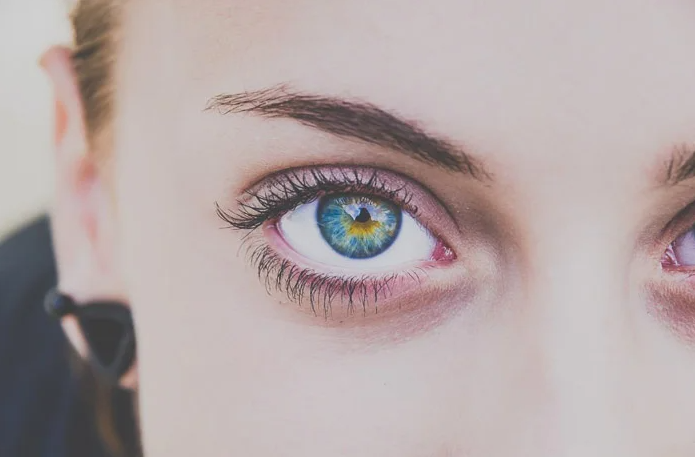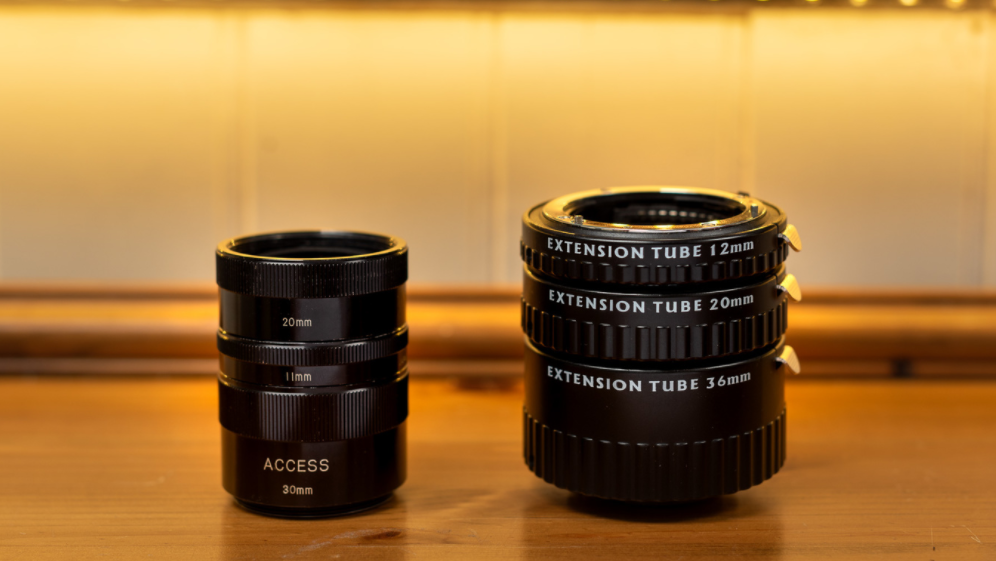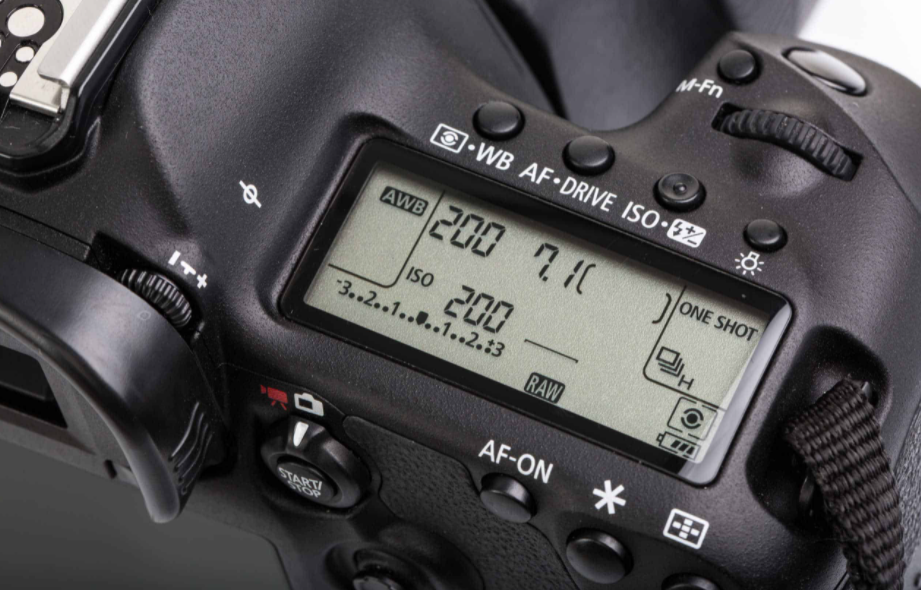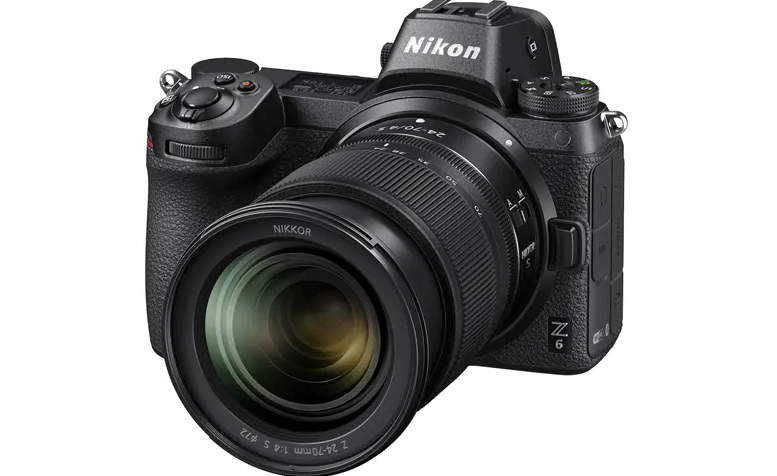How to Take Eye Photography! Eyes have been described as the windows to the soul, and for good reason. They convey emotions, tell stories, and reveal the depths of human experience. Capturing the profound beauty and expression of the human eye through photography is an art form that transcends technical know-how; it requires an understanding of the soul within. In this unique step-by-step guide, we will explore the process of creating compelling and evocative eye photographs, delving not only into the technical aspects but also the deeper significance and storytelling potential behind each shot.

How to Take Eye Photography
Eye photography can be a challenging but ultimately rewarding genre of photography. There are a few things to keep in mind when attempting to capture the perfect eye photo. Here are a few tips to help you on your way:
Step 1: Understanding the Symbolism
Before we embark on our photographic journey, it’s essential to appreciate the symbolic depth associated with the human eye:
- The Mirror of the Soul: Eyes are often seen as mirrors that reflect a person’s inner thoughts, emotions, and character.
- Non-Verbal Communication: Eyes communicate volumes without words. They convey emotions, intentions, and connections.
- Spiritual Significance: In various spiritual traditions, the “third eye” is considered a symbol of inner wisdom, insight, and enlightenment.
- Vulnerability and Trust: Photographing someone’s eye is an intimate act that requires trust and vulnerability, both from the subject and the photographer.

Step 2: Equipment and Preparation
- Camera and Lens: Choose a DSLR or mirrorless camera with a prime lens featuring a wide aperture (e.g., f/1.8). This setup allows for beautiful background blur while maintaining a sharp focus on the eye.
- Lighting: Natural light often works wonders for eye photography. Position your subject near a window or in a well-lit environment to harness the power of gentle, diffused natural light. Alternatively, consider using studio lighting with softboxes or diffusers for controlled illumination.
- Creating the Right Atmosphere: To capture authentic emotions in the eyes, engage with your subject on a personal level. Encourage them to share their thoughts, feelings, or stories to create a genuine connection.

Step 3: Composing the Shot
- Composition: Experiment with various compositions to convey different messages. A close-up shot that fills the frame with the eye can emphasize the intricate details, while a wider composition that includes the surrounding skin and eyelashes offers context and emotion.
- Catchlights: Catchlights are reflections of the light source in the eye, adding depth and vitality to your eye photographs. Place the light source strategically to create captivating catchlights that draw the viewer’s attention.
- Focusing on Details: Pay close attention to the colours, textures, and details of the eye, including the iris, eyelashes, and surrounding skin. These elements can contribute significantly to the overall impact of the image.
- Evoking Emotions: To capture the essence of your subject’s emotions, engage them in conversation and encourage them to express their feelings and thoughts through their eyes. Authenticity is key to evoking genuine emotions.
Step 4: Camera Settings
- Aperture: Use a wide aperture setting (e.g., f/1.8 to f/2.8) to achieve a shallow depth of field. This technique allows you to focus sharply on the eye while creating a beautiful background blur.
- Shutter Speed: Maintain a sufficiently fast shutter speed (around 1/125 to 1/250 of a second) to prevent motion blur, especially when photographing a still subject up close.
- ISO: Begin with a low ISO setting (e.g., ISO 100) to minimize noise in your images. Only increase the ISO when dealing with low-light conditions.
- Focus: Ensure precise focus on the eye by using the autofocus feature or manual focus for added control.
- White Balance: Set the white balance according to your lighting conditions to ensure accurate colour reproduction.

Step 5: Post-Processing
After capturing your eye photographs, consider post-processing techniques to enhance their impact:
- Retouching: Use photo editing software to remove minor imperfections while preserving the natural appearance of the eye.
- Color Enhancement: Adjust color balance, saturation, and contrast to bring out the vibrancy of the eye’s colors while maintaining authenticity.
- Creative Effects: Explore creative effects such as color grading or overlays to enhance the mood and storytelling aspects of your images.
Step 6: The Essence of Eye Photography
Eye photography is more than capturing a visually stunning image; it’s about delving into the profound symbolism and emotions associated with the eyes. Through your lens, you have the power to illuminate the soul, share stories, and evoke emotions that transcend the boundaries of words. Remember, technical skills are essential, but empathy, connection, and a deep appreciation for the human spirit are equally vital in this unique art form. So, go ahead, embark on your journey to capture the depth of the soul through the captivating art of eye photography.
Tips for Taking Captivating Eye Photography
Here are 5 tips for taking captivating eye photography in bullet points:
- Connect Emotionally: Build a connection with your subject to capture genuine emotions in their eyes.
- Choose Soft Lighting: Opt for soft, diffused lighting to illuminate the eyes gently.
- Focus on Details: Pay attention to the intricate details of the eye, such as the iris and eyelashes.
- Capture Catchlights: Position the light source to create captivating catchlights in the eyes.
- Evoke Emotion: Encourage your subject to express their emotions through their eyes for authentic results.
Conclusion
In conclusion, eye photography can be a fascinating and artistic way to capture the beauty and emotion of the human eye. By following these steps and tips, you can enhance your skills in this unique form of photography. Remember to focus on lighting, composition, and capturing the details that make each eye unique. Experiment with different angles and perspectives to create visually striking images. With practice and patience, you can develop your own style and create stunning eye photographs that leave a lasting impression on viewers. So grab your camera, find a willing subject, and start exploring the captivating world of eye photography today!
Note: Interested to know about Digital Photography Tips?



